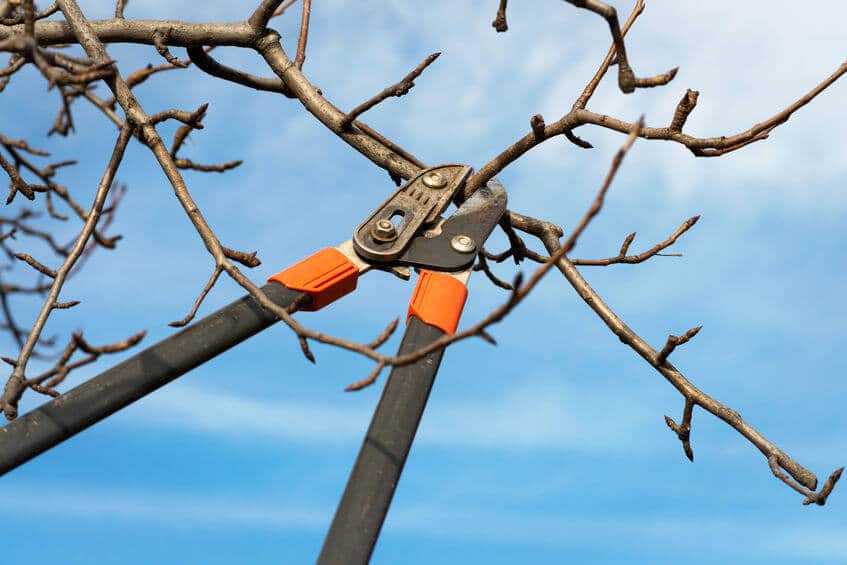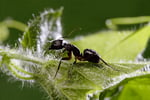If you are having trouble with mosquito populations in your pond, local Senske pest control experts can create a custom, integrated mosquito control service plan to eradicate the problem. With over 75 years of industry experience, we’re experts in pest control. Best of all, the Senske Promise guarantees our job is done only when you’re satisfied with your treatment results. Contact Senske today to become mosquito free!
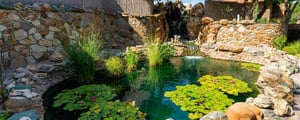
Bermuda Grass
Residential Lawn, Tree, & Pest Control
Some descriptive text here?
Pest Control Program
starting at $93/treatmentFull Service Year Round
*Prices vary by location and property sizes
Lawn Care Program
starting at $52/treatmentComprehensive Treatment
*Prices vary by location and property sizes
Pest Control Program
Starting at $93/treatmentYear Round Protection
Per Treatment for Spraying**
Prices vary by location and property sizes
DENVER LAWN CARE
Senske offers Revive®, a uniquely organic lawn fertilization treatment in Denver, CO. This specialty fertilizer and soil treatment is specially formulated for East Denver lawns.
DENVER PEST CONTROL
Our certified pest control technicians expertly identify pest problems unique to Denver and safely rid your home and property of them. We'll even keep them from returning.
DENVER TREE SERVICE
Our ISA certified arborists know the specific needs of trees and shrubs in Denver, CO. Let Senske protect your property investment and care for your trees.

DENVER LAWN CARE
Senske offers Revive®, a uniquely organic lawn fertilization treatment in Denver, CO. This specialty fertilizer and soil treatment is specially formulated for East Denver lawns.
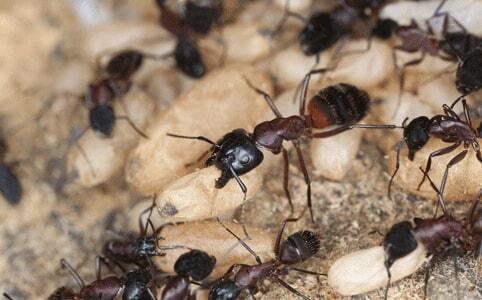
DENVER PEST CONTROL
Our certified pest control technicians expertly identify pest problems unique to Denver and safely rid your home and property of them. We'll even keep them from returning.
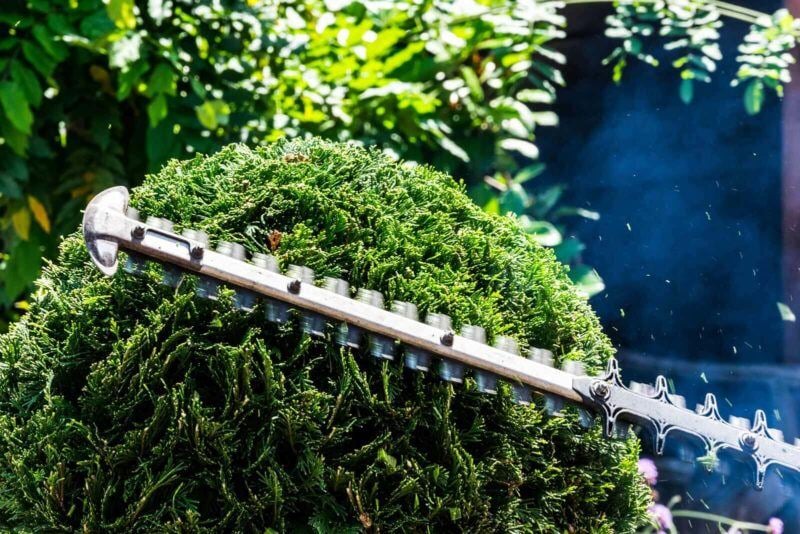
DENVER TREE SERVICE
Our ISA certified arborists know the specific needs of trees and shrubs in Denver, CO. Let Senske protect your property investment and care for your trees.
Residential ponds can quickly become a breeding ground for mosquitoes, making your backyard or outdoor space miserable in summer months. Controlling mosquitoes in a pond can be challenging because they lay their eggs in standing water. However, there are some simple steps that can be taken to control the mosquito population in your pond.
- 1. Reduce and Eliminate Stagnant Water
- 2. Install a Foundation or Aerator
- 3. Add Mosquito Fish to Your Pond
- 4. Use Larvicides
- 5. Remove Debris
Reduce and Eliminate Stagnant Water

Mosquitoes require standing water to complete their life cycle and eliminating standing water can be an effective way to control mosquito populations. Stagnant water provides protection, food, and moisture for mosquitoes and their larvae, making it the ideal breeding ground for mosquitoes. Still water draws in fewer predators than moving water and allows a stable surface for eggs to develop until maturation is achieved. Mosquito larvae feed on microorganisms and organic matter like bacteria and algae, which is abundant in stagnant water. Adult mosquitoes prefer to continue to inhabit still water after breeding because it provides humidity that is necessary to maintain their moisture levels. Eliminating stagnant water is an effective way to control the mosquito population in your pond and backyard.
Install a Foundation or Aerator
Installing a fountain or aerator can help disrupt the surface of the water and make your pond uninhabitable to mosquitoes. Moving water reduces mosquito populations by disrupting breeding, reducing food availability, and attracting predators. Moving water makes it difficult for female mosquitoes to lay their eggs because it prevents larvae from attaching to the surface at the water’s edge, disrupting their breeding habitat. Additionally, moving water reduces food availability by disrupting and moving around organic matter that mosquito larvae feed on. Moving water can attract mosquito predators like fish, dragonflies, and birds which helps to reduce the number of mosquitoes that survive to adulthood.
Add Mosquito Fish to Your Pond

Mosquito fish (Gambusia affinis) are a small freshwater fish that are native to the southern United States. They are often used as a natural control method for mosquito populations in bodies of water such as ponds and lakes. Mosquito fish are effective at controlling mosquito populations because they feed on mosquito larvae, with a single fish consuming up to 300 larvae per day!
Mosquito fish are hardy and can tolerate a wide range of water conditions, making them a good choice for controlling mosquitoes in various climates. They are easy to find, typically available for purchase at your local pet store in large quantities. It is important to note that while mosquito fish can be effective at controlling mosquito populations, they are also aggressive predators that can displace native fish species in some areas. Therefore, it’s important to check with your local environmental agency before introducing mosquito fish to your pond or other body of water.
Use Larvicides
Larvicides are chemicals that are designed to kill mosquito larvae before they can develop into adults. They are commonly used in residential ponds to control populations. There are several different types of larvicides available, but the most commonly used larvicides, such as bacterial and IGR larvicides, are generally considered to be low-risk pesticides. They are designed to target specific biological processes in the mosquito larvae and are not toxic to humans, pets, or wildlife when used as directed.
Larvicides are often used as part of an integrated mosquito control program. Using larvicides can be an effective way to reduce the mosquito population and the risk of mosquito-borne diseases, especially when combined with other control measures. It’s important to use larvicides according to the manufacturer’s instructions and to follow all safety precautions when handling and applying them.
Remove Debris
Removing debris can help control mosquito populations by reducing their breeding habitats. Standing water is often found in marshy areas, pet troughs, and clogged gutters. When these areas are not cleaned regularly, they can become prime breeding grounds for mosquitoes. Keeping the around your pond free of debris is important to ensure proper drainage and water flow, reducing mosquito populations.
Your Local Mosquito Control Experts
Weeds, Lawn & Tree Diseases, and Pests to Look Out For
Weeds Common for Denver
Senske lawn care and tree service treatments in Denver East enables a greener lawns, healthy trees and shrubs without the hassles and time commitment needed to maintain it yourself. We’ll also help remove weeds, treat lawn and tree diseases and problem areas. Senske Services has been providing residential and commercial lawn care services to communities in the Northwest since 1947.
Our Denver East and surrounding communities lawn care services reflect our commitment to quality in all aspects of lawn maintenance. Learn more about Denver East weed and lawn diseases we solve:










Find Out About Other Weeds, Lawn & Tree Diseases, and Pests to Look Out For
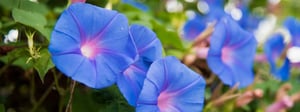
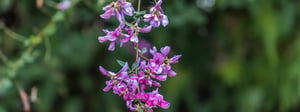


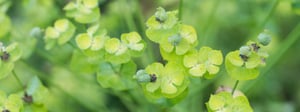
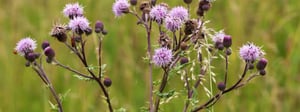

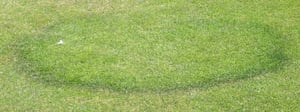
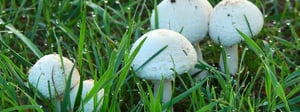
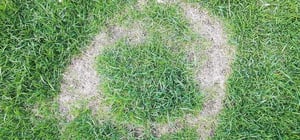
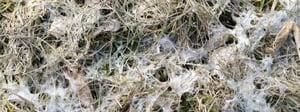


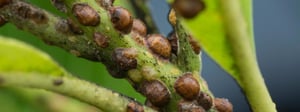
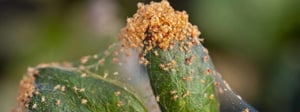
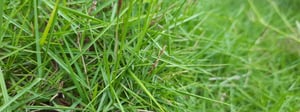

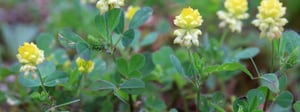


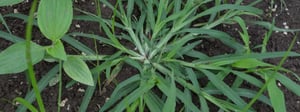
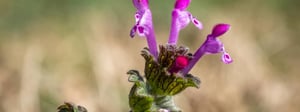

How can we help you?
100% Satisfaction Guaranteed.
Get a Free Estimate Today
Make your yard the greenest on the block and enjoy a home free from pests, all delivered by courteous, & professional techs.Great service!
Jason did a nice job on our Christmas lights. The crew arrived on schedule and accommodated my special requests. They even wired up a few of my yard decorations without my asking them. Thank you!
Very Professional!
“Max calls ahead, comes early in the day, and answers all my questions. He’s very professional!"Extremely Pleased!
“I have been extremely pleased with this service, my lawn has literally gone from drab to fab. Steve serviced the lawn today and as always, let's me know he is here (per my request) tells me follow up steps and then is on his way to do the service."Thankful for Senske!
“I am thankful my neighbor recommended Senske services, as a single mom, I do not have time, or energy to fix my lawn, so I hired the pros. Definitely worth it and very reasonable costs. Much appreciated."The Dirt
Find out more on our blog.


